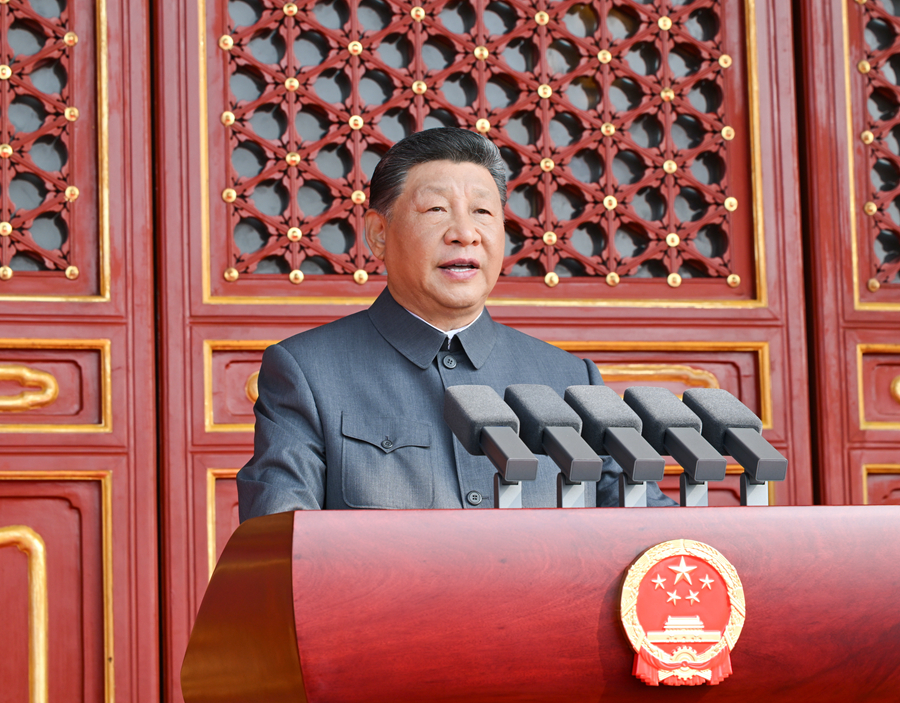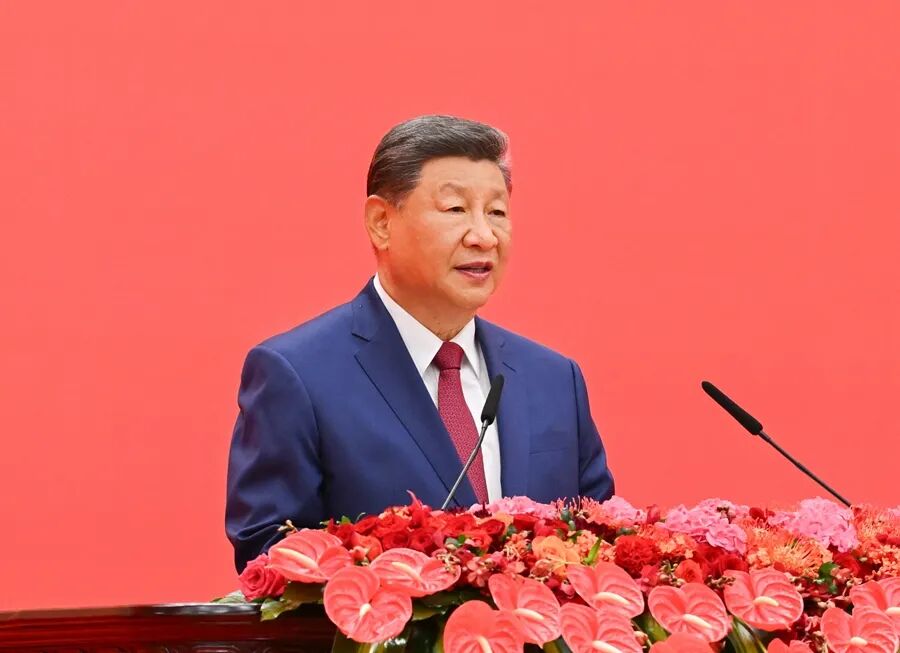CATTI-题库-真题-模拟-课程-直播
 天之聪教育
天之聪教育
 2014-10-27
2014-10-27
 天之聪网校
天之聪网校
 658次
658次
第一部分 英译汉
It took nine years from the time the Danish and Swedish governments agreed to build a fixed link between their countries to the time the first car, train, truck and bicyclists crossed the Oresund Bridge.
Construction of the bridge, including design and cornerstone, began in March 1991 and was completed in July 2000. Today, it is the longest stone-stayed road and rail bridge in the world. At approximately 10 miles (16 kilometers), including the tunnel, it is an engineering and architectural marvel. But as time has proven, the bridge is a cultural and economic boon as well. The sleek span of concrete whose design typifies Scandinavian minimalism has contributed greatly to the development of the Oresund region: the eastern part of Denmark, including Copenhagen, and the southwestern part of Sweden, including Malmö and Lund.
The level of commuting between Malmö and Copenhagen has quadrupled since the opening of the bridge in 2000, and the number of Danes moving to the south of Sweden has increased sixfold. The Oresund region has become a cultural and economic powerhouse, considered a model region by the European Union.
Work on the bridge began in 1995, and was undertaken by a team of international consulting and construction companies.
From the beginning, construction of the bridge complied with some of the world’s toughest environmental regulations, as well as many advanced design and construction details. The Mexico-based CEMEX, one of the world’s largest producers of Cement and ready-mix concrete, was awarded a contract to deliver tons of high-quality cement to help build the main part of the bridge, the two approach bridges and the tunnel.
When it opened in July 2000, the Oresund Bridge consisted of a 3.5-kilometer immersed tunnel, the largest of its kind in the world, a 4-kilometer long artificial island (made from mud dug out from the bottom of strait to make space for the tunnel) and a 7.8-kilometer cable-stayed bridge, the world’s longest bridge including both a highway and a railroad.
Though just half of the total construction, the actual bridge span, is visible above water, the overall architecture was designed to please the eye from both the Danish and Swedish sides of the strait.
The four 204-meter (670 feet) tall pillars carrying the bridge have a simple Scandinavian design. To drivers and passengers crossing the bridge, the pillars provide a visual, as well as actual, impression of stability and calm.
The two-level structure is made of steel and concrete. Along tile two approach bridges, tracks are placed in concrete troughs that turn into steel decks on the bridge. The bridge’s upper deck carries cars and trucks, while the lower deck accommodates the railroad. The four pillars are grounded in giant cement boxes placed at the bottom of the strait, about 18 meters below sea level.
Last year, an average of 13,600 vehicles and 17,000 passengers crossed the bridge everyday, and traffic continues to increase by 10-20 percent every year.
Throughout the construction process, the Danish and Swedish environmental agencies have surveyed but found no changes in the wildlife, birds, fish and vegetation surrounding the bridge. In addition, the chemicals used in construction and the percentage of waste materials have been kept to a minimum, as required by both Danish and Swedish laws.
In 2003, the Oresund Bridge won the IABSE (International Association for Bridge and Structural Engineering) Outstanding Structural Award for its innovative design, planning and construction management, as well as its strict compliance with the time schedule, budget and environmental requirements.
天之聪网校参考译文:
从丹麦和瑞典政府签署修建连接两国的跨海大桥协议到厄勒海峡大桥正式建成通车共历时九年。厄勒海峡大桥是多功能桥,可通行汽车、火车、卡车和自行车。
厄勒海峡大桥于1991年3月开始设计并奠基,2000年7月工程竣工。今天,厄勒海峡大桥是世界上最长的斜拉桥,火车和汽车可同时通行。厄勒海峡大桥包括海底隧道在内全长约16公里,是建筑工程史上的一大奇迹。同时,事实证明,厄勒海峡大桥的落成对文化交流和经济发展也起到了巨大的推动作用。厄勒海峡大桥作为一座斜拉大桥,外观设计简约雅致,是斯堪的纳维亚半岛极简主义的代表,对欧尔松地区的发展做出了巨大贡献。欧尔松地区包括哥本哈根在内的丹麦东部和包括马尔默及隆德在内的瑞典西南部地区。
自厄勒海峡大桥2000年通车以来,马尔默和哥本哈根之间的交通流量翻了两番,迁往瑞典南部的丹麦人数量增加了五倍,欧尔松地区也发展成为文化和经济中心,成为欧盟认定的经济文化发展示范区。
厄勒海峡大桥工程于1995年开始动工,由国际知名的咨询和建筑公司共同负责建设。
厄勒海峡大桥工程从一开始就严格遵守国际最高环保标准,设计和建设施工环节也都达到国际一流水准。作为世界上水泥和预拌混凝土主要生产商之一的墨西哥水泥公司获得了工程合同,为桥梁主体、两座引桥和海底隧道的修建提供了数吨优质水泥。
2000年7月大桥建成通车。厄勒海峡大桥包括三部分:3.5公里的海底隧道,这是世界上最宽敞的海底隧道;4公里的人工岛,用挖隧道时清理出的淤泥堆积而成;7.8公里的斜拉桥,这是世界上最长的斜拉桥,可供汽车和火车同时通行。
露出水面的桥跨部分仅占整个工程的一半,不过,大桥的整体建筑风格兼顾了丹麦和瑞典两国的审美观。
斜拉桥部分四个204米高的桥柱设计属于斯堪的纳维亚极简主义风格。对于过桥的司机和乘客而言,这种设计风格的桥柱无论从视觉角度还是从实际体验来讲都给人以平静安稳的感觉。
大桥是双层设计,由钢材和水泥建成。在引桥部分铺设了水泥槽,到了主体斜拉桥部分则变成了钢板桥面。大桥上层走汽车和卡车,下层跑火车。四根桥柱由位于海下18米处的海峡底部水泥堵漏箱固定。
去年厄勒海峡大桥平均每天有13,600部车辆和17,000名乘客穿行桥面,交通流量以每年10-20%的速度继续增加。
在大桥修建过程中,丹麦和瑞典环境部门进行了环评调查,结果发现,大桥修建并未对大桥周边的野生动物、鱼类和植被带来影响。同时,施工期间还按照丹麦和瑞典的相关法律尽可能减少化学品的使用,产生的工程垃圾也控制在了最低水平。
2003年,厄勒海峡大桥荣获国际桥梁与建筑工程协会颁发的“杰出建筑工程奖”,这是对该建筑工程在设计创新、规划和建筑管理以及工期、预算和环境影响方面卓越表现的充分肯定。
第二部分:汉译英
能源是人类社会赖以生存和发展的重要物质基础。纵观人类社会发展的历史,人类文明的每一次重大进步都伴随着能源的改进和更替。能源的开发利用极大地推进了世界经济和人类社会的发展。
过去100多年里,发达国家先后完成了工业化,消耗了地球上大量的自然资源,特别是能源资源。当前,一些发展中国家正在步入工业化阶段,能源消费增加是经济社会发展的客观必然。
中国是当今世界上最大的发展中国家,发展经济,摆脱贫困,是中国政府和中国人民在相当长一段时期内的主要任务。20世纪70年代末以来,中国作为世界上发展最快的发展中国家,经济社会发展取得了举世瞩目的辉煌成就,成功地开辟了中国特色社会主义道路,为世界的发展和繁荣作出了重大贡献。
中国是目前世界上第二位能源生产国和消费国。能源供应持续增长,为经济社会发展提供了重要的支撑。能源消费的快速增长,为世界能源市场创造了广阔的发展空间。中国已经成为世界能源市场不可或缺的重要组成部分,对维护全球能源安全,正在发挥着越来越重要的积极作用。
官方参考译文:
Energy is an essential material basis for human survival and development. Over the entire history of mankind, each and every significant step in the progress of human civilization has been accompanied by energy innovations and substitutions. The development and utilization of energy has enormously boosted the development of the world economy and human society.
Over more than 100 years in the past, developed countries have completed their industrialization, consuming an enormous quantity of natural resources, especially energy resources, in the process. Today, some developing countries are ushering in their own era of industrialization, and an increase of energy consumption is inevitable for their economic and social development.
China is the largest developing country in the world, and developing its economy and eliminating poverty will, for a long time to come, remain the main tasks for the Chinese government and the Chinese people. Since the late 1970s, China, as the fastest growing developing country, has scored brilliant achievements in its economy and society that have attracted worldwide attention, successfully blazed the trail of socialism with Chinese characteristics, and made significant contributions to world development and prosperity.
China is now the world's second-largest energy producer and consumer. The sustained growth of energy supply has provided an important support for the country's economic growth and social progress, while the rapid expansion of energy consumption has created a vast scope for the global energy market. As an irreplaceable component of the world energy market, China plays an increasingly important role in maintaining global energy security.
天之聪网校参考译文:
Energy serves as a crucial material/physical basis that sustains the human society. If we look at how the human society has evolved and prospered, we will understand that revolutionary energy upgrading has accompanied human progress every step of the way. Energy development and exploitation has played a key role in driving the world economy and human society forward/ has given a strong boost to global socio-economic development.
The past century and more has seen developed countries get fully industrialized at the cost/expense of enormous natural resources, particularly energy sources. At this point, some developing countries are in the midst of industrialization where increases in energy consumption are part of what it takes to grow their economies and improve social well-being.
As the largest developing economy in the world, China has a long, hard journey to go before the government and the people can eventually shake off poverty through economic expansion. China has emerged as the fastest-growing economy since late 1970s, impressing the world with enviable/remarkable/measurable/visible socio-economic gains. China has also identified the road to socialism with distinctive Chinese features along the way. As such, China has contributed a great deal/also emerged as a great contributor to global prosperity.
China represents the world’s second largest energy producer and consumer. Rising energy supply serves as a strong underpinner/driver for socio-economic development in China, while rapid increase in energy use promises a huge market potential for energy producers worldwide. As an integral part of/indispensable part of the world energy market, China is becoming increasingly crucial/instrumental/pivotal to global energy security.

 点赞(0)
点赞(0)

 收藏
收藏

It is very relevant that we BRICS leaders have this virtual summit today to discuss thoroughly the current international situation and issues of common interest.
新华网 2025-09-11 14:08:52
 收藏资讯
收藏资讯

今天,我们隆重集会,纪念中国人民抗日战争暨世界反法西斯战争胜利80周年,共同铭记历史、缅怀先烈、珍爱和平、开创未来。
CGTN 2025-09-04 10:18:12
 收藏资讯
收藏资讯

Remarks at the Reception Commemorating the 80th Anniversary of the Victory of the Chinese People’s War of Resistance Against Japanese Aggression and the World Anti-Fascist War
新华网 2025-09-04 10:13:55
 收藏资讯
收藏资讯

Welcome to the Chinese Embassy for a feast of music!Dr. Albert Einstein once said, “If I were not a physicist, I would probably be a musician.” It is my great honor to be the Honorary Chair and Patron Ambassador of the WIPAC Winners’ Classic Circle, thus
驻美使馆 2025-08-11 16:39:48
 收藏资讯
收藏资讯